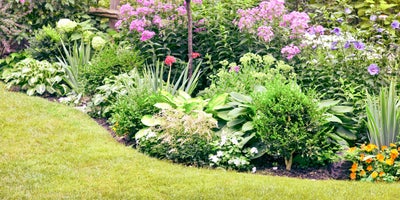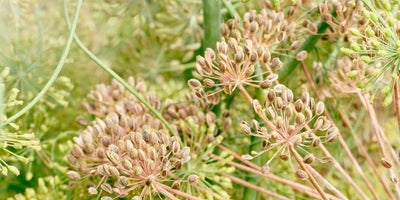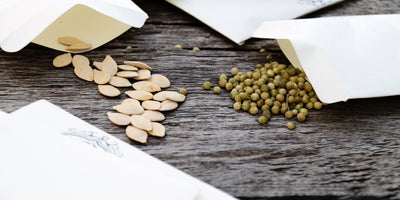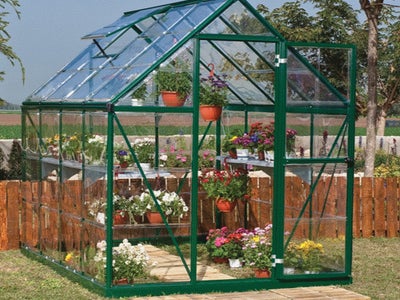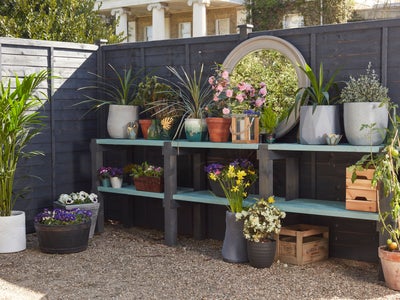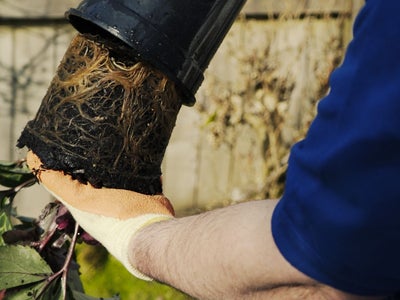Collecting seed heads
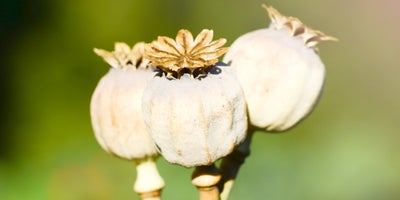
As autumn approaches, many gardeners turn their focus to collecting seed heads. Seed collection is a common practice among gardeners to extend the life of their favourite plants. This is a rewarding and cost-effective way to replenish your garden, allowing you to create a sustainable space that is self-sufficient, requiring less work and resources in the long term. Although it sounds straightforward, there are some key tips and tricks to remember when collecting your seed heads, in order to get the best out of them for your garden.
Shop the Range
